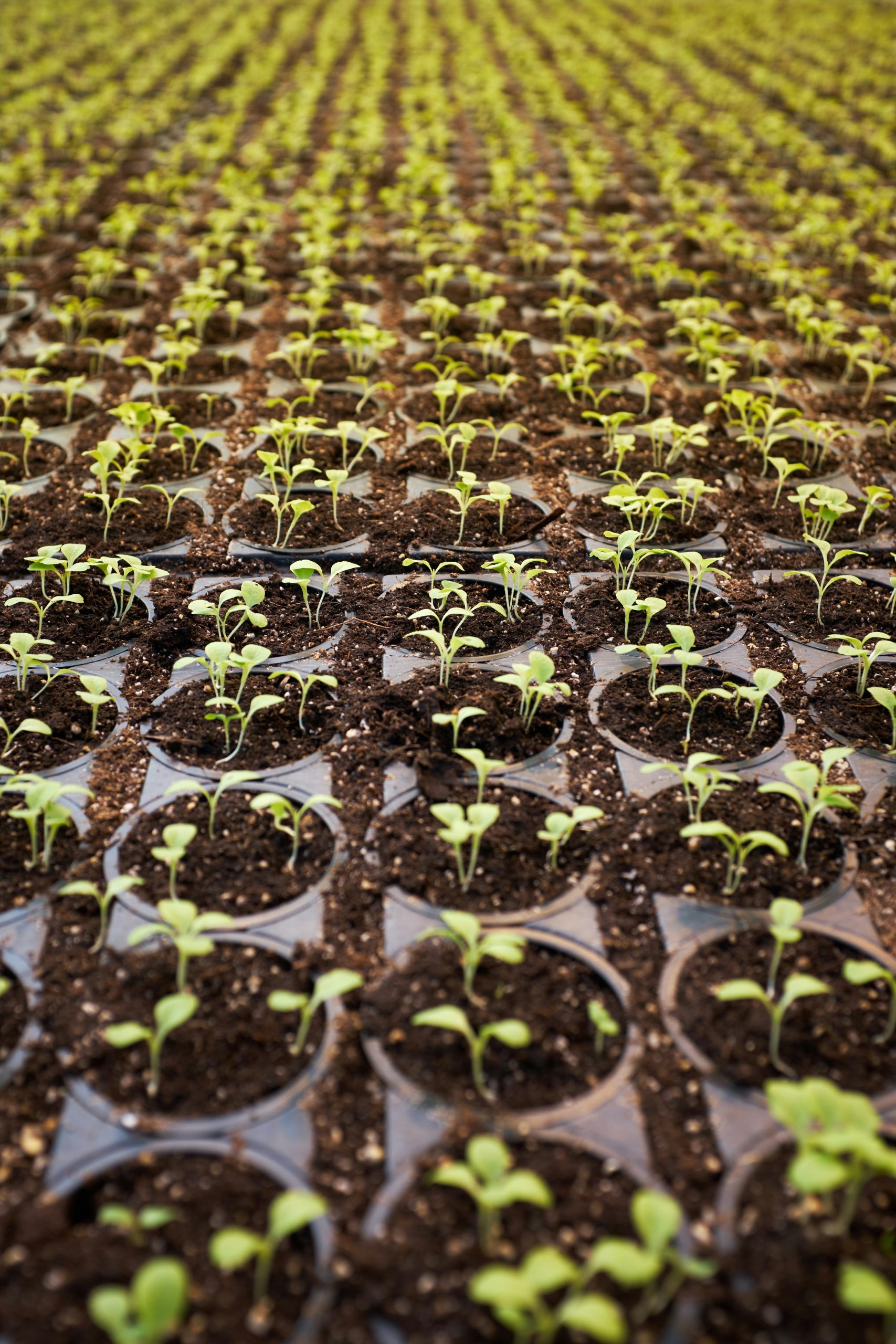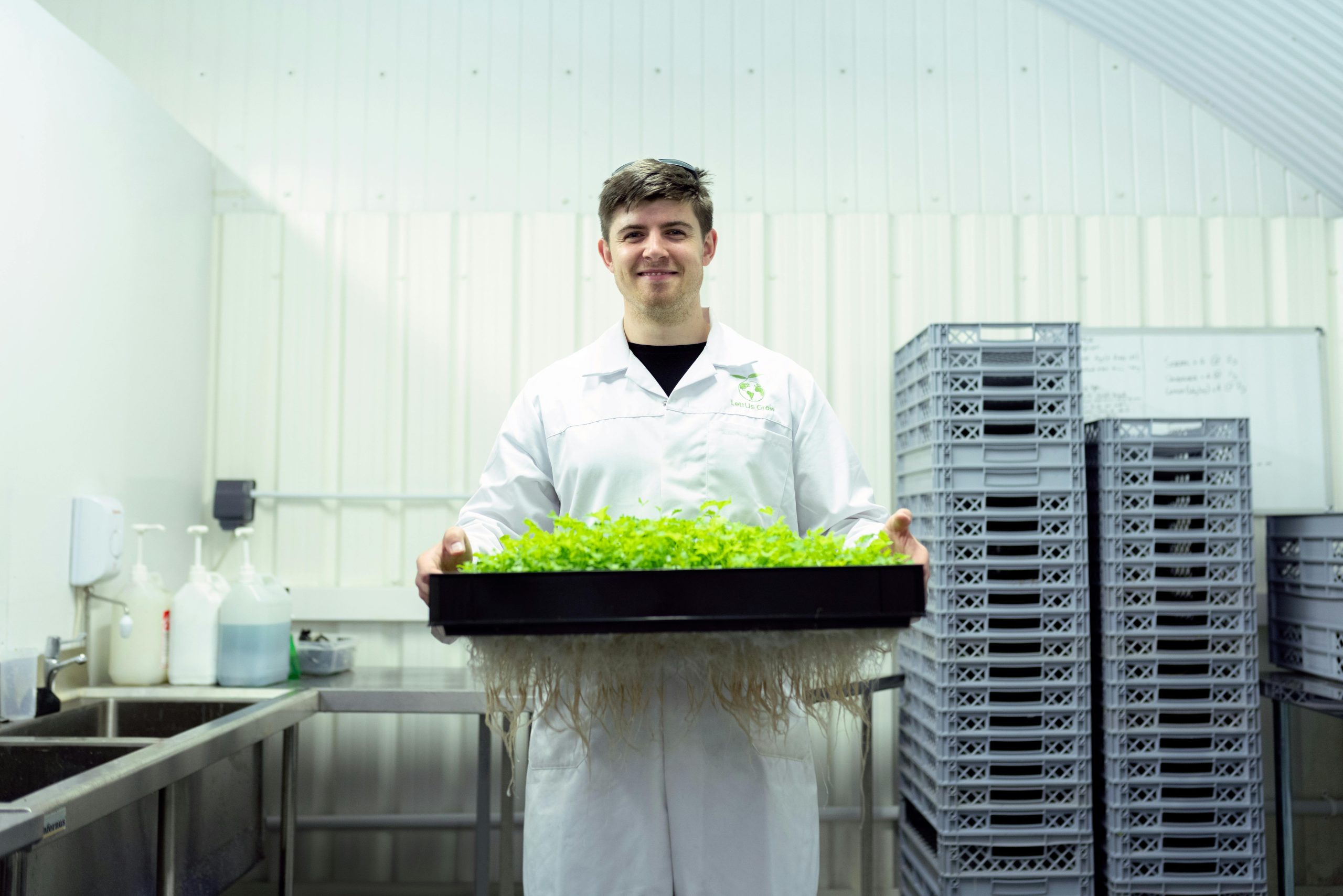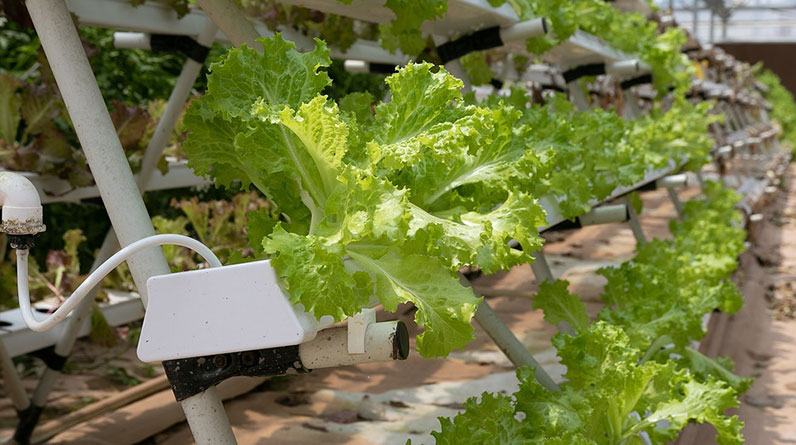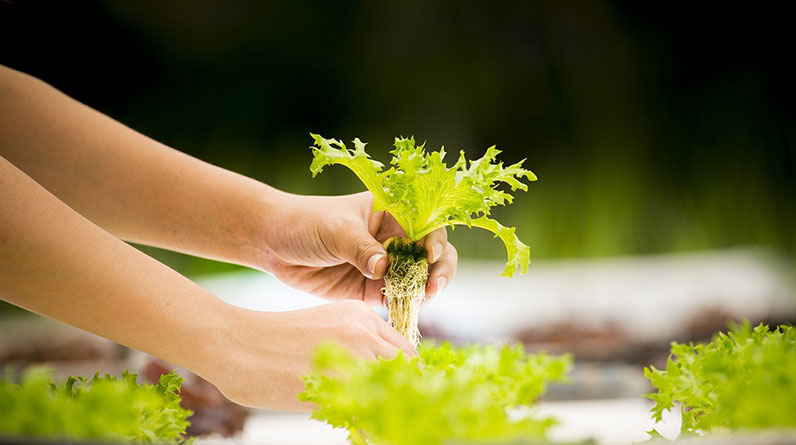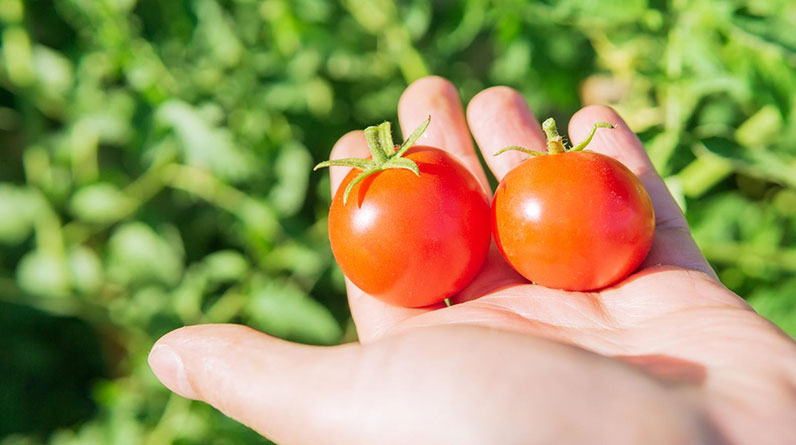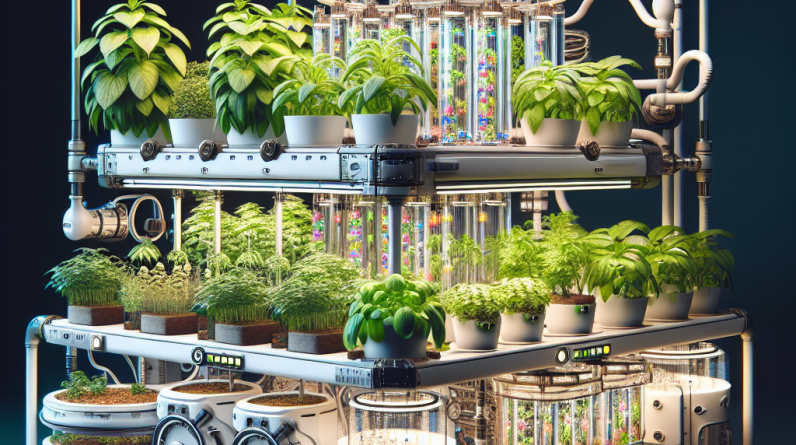
Choosing the Right Hydroponic System
Understand the Different Types
When I first jumped into hydroponics, I was overwhelmed by the choices. There are several systems to pick from: Deep Water Culture (DWC), Nutrient Film Technique (NFT), and even aeroponics. Each has its quirks and perks. For instance, DWC allows plants to hang out in nutrient-rich water, making it a favorite for many enthusiasts.
On the flip side, if you’re tight on space, NFT might be your best bet. It uses a thin film of nutrient solution that’s constantly recirculating. I’ve seen fantastic results with it, especially in smaller setups.
Your choice depends on your goals. Are you in it for the thrill or are you trying to grow food sustainably? Figuring this out early on will save you a ton of hassle later!
Assessing Your Space
Before you dive in, you gotta take stock of your space. When I first started, I stuck my hydroponic system in a corner of my living room. Bad idea! Plants need light, so make sure you have a spot that can naturally get sunlight, or be prepared to invest in some grow lights.
Consider the amount of space you’re working with. Hydroponic setups can vary from small countertop kits to massive grow tents. Measure what you have and plan accordingly. Nothing worse than building a system that doesn’t fit!
Don’t forget to think about air circulation too. You want your plants to breathe — trust me, they like it better that way. A simple fan can make a world of difference.
Budgeting Your Project
Let’s talk about the elephant in the room: money. Hydroponics can get pricey, but it doesn’t have to break the bank. I remember spending my savings on a fancy system, only to realize later that DIY options were just as effective for me.
Take a moment to sit down and list out everything you need, then check what’s absolutely essential versus what would just be nice to have. You don’t need the top-of-the-line fancy gear when you’re starting out.
Also, consider the recurring costs like nutrients and electricity. Knowing what you’re up against can help you plan better and avoid surprises later on!
Gathering Materials
Finding Quality Components
Finding the right materials can be a bit tricky, but I’ve found that sourcing local is usually best. You can often get your nutrient solutions, grow mediums, and other supplies at local garden centers, and sometimes even online retailers can provide great deals.
Check out forums and social media groups specific to hydroponics. They can be gold mines for recommendations. I learned about a few suppliers with awesome customer service just by chatting with fellow growers!
And don’t forget about the used market! People often sell their hydroponic gear at a fraction of the price. Sites like Craigslist can be an absolute treasure trove for savvy shoppers.
Preparing Your Setup
Once you’ve gathered your materials, it’s time to prep your setup. This part is where it all starts to come together and it’s super exciting! Double-check that you’ve got all your essentials: a reservoir for your nutrient solution, a way to deliver water to your plants, and of course, a good medium to grow in.
I always recommend laying everything out and doing a mock setup before you get into the nitty-gritty. You’d be surprised how many times I’ve realized I forgot a crucial piece!
And remember, cleanliness is key! Make sure everything’s sterilized and ready to go, because a clean setup means fewer pests and diseases down the line.
Setting Up Your Hydroponic System
Now for the fun part: the actual setup! Whether you’re assembling a DIY system or assembling a pre-made one, this is where your creation starts to take shape. I remember when I set mine up — I felt like a mad scientist!
It usually involves connecting your reservoir, pumps, and the grow trays or containers where your plants will sit. Take your time; it’s important to ensure everything is properly sealed and connected. Trust me, you don’t want any leaks when you’re in full bloom!
Also, check the pH of your water solution to match what your plants will need. I often keep a pH kit handy to make quick adjustments — it’s a lifesaver!
Caring for Your Hydroponic System
Monitoring Plant Health
Caring for your hydroponic plants is an ongoing adventure. Every week, I make it a point to check on their health. Look for signs of nutrient deficiencies or pest issues. Yellowing leaves? Time to investigate!
Get into the habit of making notes. I jot down what’s working, what’s not, and any changes I make. It’s like keeping a plant journal — super helpful for future projects!
You also need to keep an eye on your nutrient solution. Regularly check the levels and adjust them according to what stage your plants are at. They won’t thank you, but you’ll feel like a proud parent when you see them thriving!
Quality Control on Nutrients
Let’s talk about nutrients. You can’t just throw any old solution in there and hope for the best. I’ve spent some time experimenting with different brands and mixes until I found what my plants loved best.
Make sure you understand the N-P-K ratios in your nutrient mixes. Different plants require different levels, so the more you know, the more likely you are to achieve that bountiful yield!
And don’t skip on water changes. Keeping the nutrient solution fresh will help prevent buildup and algae, which could harm your plants. Regular maintenance can help save you a lot of headaches in the long run.
Troubleshooting Common Issues
Even with the best care, issues can crop up (often when you least expect it!). I’ve faced everything from root rot to pests, and trust me, prevention is key. Research potential problems specific to your plants and prep ahead.
Keeping a close eye on your setup will help you catch problems early. When in doubt, consult online communities for advice. They’ve often been there, done that, and can provide some great tips!
Don’t get discouraged if things go awry. Just take it as a learning process. The beauty of hydroponics is that it’s all about exploration and growth — not just for your plants but for you as well!
Harvesting and Enjoying Your Produce
Knowing When to Harvest
Finally, we get to the sweet spot — harvesting! It might take some practice to know when your plants are ready, but trust your instincts. For leafy greens, you can often start snipping away once they reach a certain size.
As for fruiting plants, colors and firmness are often good indicators. I usually check for the specific signs based on each plant type. It becomes like a little scavenger hunt, and each successful harvest feels like a huge win!
Don’t forget that some plants can be harvested multiple times as they continue to grow. Taking what you need while leaving the rest means you can enjoy your hydroponic bounty for even longer!
Preparing Your Harvest for Use
Once you’ve harvested, the fun doesn’t stop there. I love to wash and prep my produce right away. It’s super rewarding to know that you grew it yourself! Clean your greens thoroughly; dirt and residue can be pesky little things.
Get creative in the kitchen! I’ve tried all sorts of recipes with my hydro veggies — from fresh salads to smoothies. If you’ve got excess produce, consider sharing with friends or trying your hand at preserving.
And remember, the entire process is part of the joy. Every dish that showcases your home-grown ingredients reminds you of the effort you put in. Enjoy the fruits of your labor!
Sharing Your Success
Don’t keep your success under wraps! Sharing your journey is part of the fun. Share photos and updates on social media or low-key chats with friends. Fellow gardeners appreciate the camaraderie.
Join a local hydroponic club or online community. You’ll find support, advice, and plenty of smile-worthy moments. Plus, exchanging stories can inspire new ideas for your next planting!
And who knows? You might inspire someone else to dive into the wonderful world of hydroponics. There’s always room for more backyard farmers!
FAQ
1. What is hydroponics?
Hydroponics is a method of growing plants without soil by using nutrient-rich water. It’s efficient, allows for faster growth, and can be done indoors or outdoors!
2. Do I need a lot of space for hydroponics?
Nope! Hydroponic systems can be set up in small spaces—even a balcony or kitchen countertop works. It’s all about finding the right system for your space!
3. How often should I check my plants?
Daily checks are ideal, especially when you’re starting out. You’ll get to know your plants’ needs better and catch any potential problems early.
4. Can I grow any type of plant hydroponically?
Most plants can be grown hydroponically, but leafy greens and herbs are typically the easiest for beginners. Once you feel confident, you can branch out to fruiting plants!
5. What are some common problems with hydroponics?
Common issues include nutrient deficiencies, pests, and root rot. But don’t worry! Many resources are available to help troubleshoot these problems effectively.




